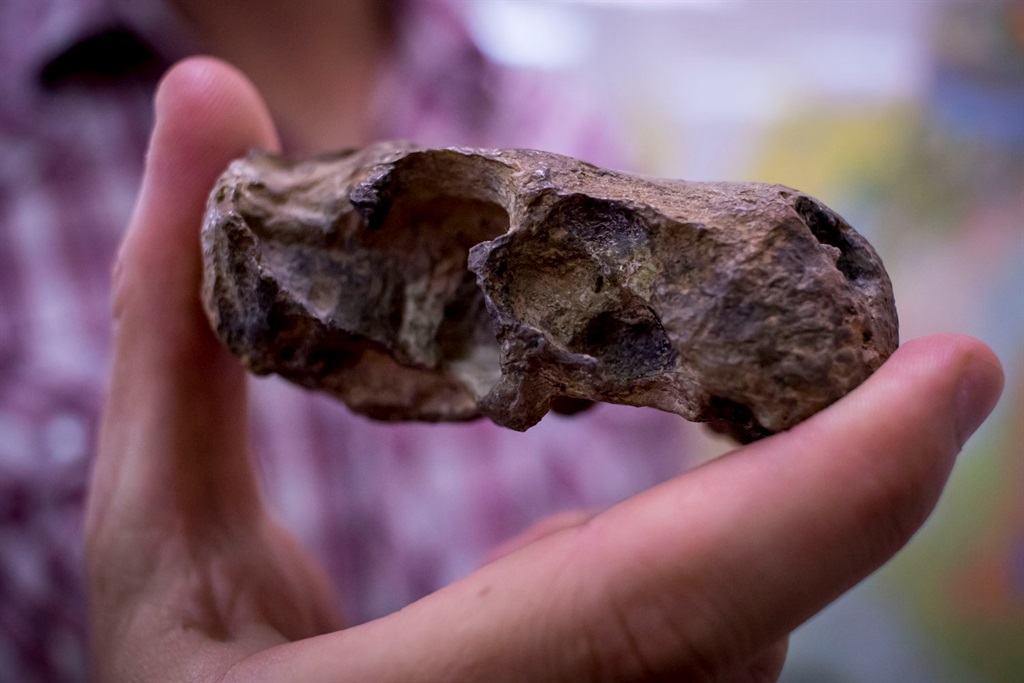
If you thought snakes were the reigning kings of venom, a recent scientific discovery would prove otherwise as mammals were the very first to produce venom.
Dr Julien Benoit, researcher at the Bernard Price Institute for Palaeontological Research at the University of Witwatersrand, and his colleagues recently discovered the existence of venom in a pre-mammalian reptile, the therapsid Euchambersia.
The dog-sized creature which grew between 40cm and 50cm long, lived about 260 million years ago, predating the very first snake which only existed 100 million years after this.
“Today, snakes are notorious for their venomous bite, but their fossil record vanishes in the depth of geological times at about 167 million years ago, so, at 260 million years ago, the Euchambersia evolved venom more than a 100 million years before the very first snake was even born,” Benoit said.
The first Euchambersia was discovered in 1932 and the second in 1966 on the farm Vanwyksfontein, near Colesberg in the Eastern Cape.
“What is intriguing is that the Euchambersia is related to early mammals, not snakes. More and more venom producing mammals are discovered every year, including shrews and primates like the Loris of South East Asia,” Wits university said.
How did the Euchambersia excrete its venom?
“First, a wide, deep and circular fossa [a space in the skull] to accommodate a venom gland was present on the upper jaw and was connected to the canine and the mouth by a fine network of bony grooves and canals,” says Benoit.
“Moreover, we discovered previously undescribed teeth hidden in the vicinity of the bones and rock: two incisors with preserved crowns and a pair of large canines, that all had a sharp ridge. Such a ridged dentition would have helped the injection of venom inside a prey,” Benoit said.
Benoit said it was likely that the Euchambersia used the venom predominantly for hunting.




 Publications
Publications
 Partners
Partners








